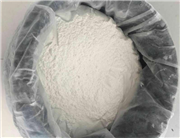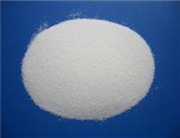| Chemical Properties |
White crystalline powder with no aroma. Its melting point is 155℃, specific rotary power is [α]24D+109° (4%, ethanol), and its ethanol solution has the greatest absorbance at a wavelength of 240nm. It is easily soluble in ethanol (1:5), soluble in ether (1:100), and insoluble in water. LD50 (Large mice, venal transfusion) 326mg/kg. Studies show that it has latent carcinogenic effects on test animals. |
| Indications and Uses |
Testosterone is the main natural male sex hormone in mammals and is a steroid hormone with 19 carbon atoms. It is the main male sex hormone secreted by the testes, and it is also the most active male sex hormone. It promotes humans’ and animals’ sex organ and secondary sex characteristic development, sperm maturation, and protein metabolism for muscle strengthening. Testosterone controls the growth and development of male sex organs and male secondary sex characteristics. It is mainly used in replacement therapy for eunuchism, treatment for male menopause syndrome, and treatment for impotence, and it is also used in biochemical research. |
| Pharmacokinetics |
Testosterone can bind non-specifically with plasma albumins in blood, and it can also bind with plasma sex hormone binding globulins. It can be converted into estradiol and estrone in peripheral tissue. Testosterone is mostly degraded in the liver, where its A-ring is restored, and it is converted into 17- ketosteroid under the effects of 17β-Hydroxysteroid dehydrogenase. Along with androsterone, epiandrosterone, and etiocholanlone, it is combined with glucuronic acid or sulfate and excreted in urine. Most metabolites in urine that are excreted by binding to glucuronic acid belong to 17-ketosteroids. |
| Application in Particular Diseases |
In Osteoporosis:
- Testosterone replacement is not FDA approved for the prevention or treatment of osteoporosis. It should not be used solely for these indications but might be beneficial to reduce bone loss in patients needing therapy for hypogonadal symptoms. In a few studies, women receiving oral methyltestosterone 1.25 or 2.5 mg daily or testosterone implants 50 mg every 3 months had increased BMD. Various salt forms of testosterone were associated with increased BMD in some studies of hypogonadal men or senior men with normal hormone levels or mild hormonal deficiency. Transdermal gel, oral, intramuscular, and pellet testosterone products are available.
- Patients using them should be evaluated within 1 to 2 months of initiation and then every 3 to 6 months thereafter.
|
| Chemical Properties |
white crystalline odourless solid |
| Uses |
Secreted by the testis and is converted to dihydrotestosterone in the target tissue where is appears to mediate many of the biological actions of testosterone. CONTROLLED SUBSTANC |
| Uses |
Testosterone secreted by the testis is converted to dihydrotestosterone in the target tissues where it appears to mediate many of the biological actions of testosterone. Androgens direct the development of the male phenotype during embryogenesis and at puberty. |
| Uses |
androgen, antineoplastic |
| Uses |
Testosterone, Principal hormone of the testes, produced by the interstitial cells. Major circulating androgen; converted by 5α-reductase in androgen-dependent target tissues to 5α-dehydrotestosterone which is required for normal male sexual differentiation. Also converted by aromatization to Estradiol. Testerone is a controlled substance (anabolic steroid). Androgen. |
| Uses |
Rivastigmine metabolite |
| Definition |
ChEBI: An androstanoid having 17beta-hydroxy and 3-oxo groups, together with unsaturation at C-41C-5.. |
| Biological Activity |
Endogenous androgen receptor agonist. |
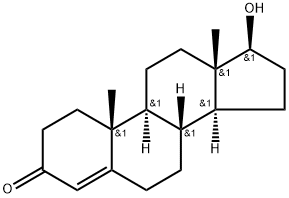

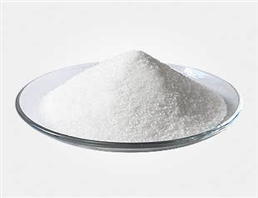
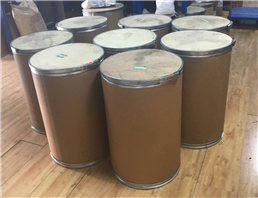
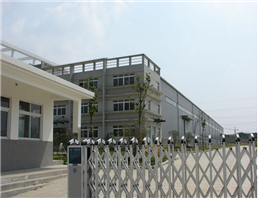
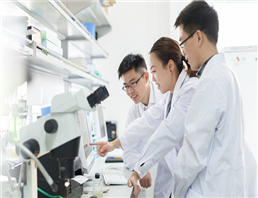
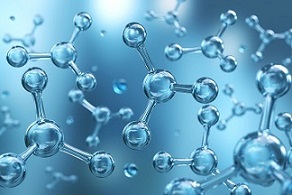
 China
China